For the planet
I never thought that factory farming had such devastating effects on our environment. Not only does it harm animals, but it also harms us and destroys many livelihoods.
Greenhouse Gas Emissions
The production of meat and dairy is one of the biggest contributors to global warming due to the emission of greenhouse gases, such as methane and carbon dioxide (CO2) emitted.
India’s emissions of the greenhouse gas (GHG) methane from livestock, is larger than any other country constituting 63.4% of the total GHG emissions from agriculture in India.
The figures vary, but according to the United Nation’s Food and Agriculture Organisation, 14.5% of all human-caused global greenhouse gas emissions are due to animal farming. This is higher than the combined emissions from the entire transportation sector- including road, rail and ship.
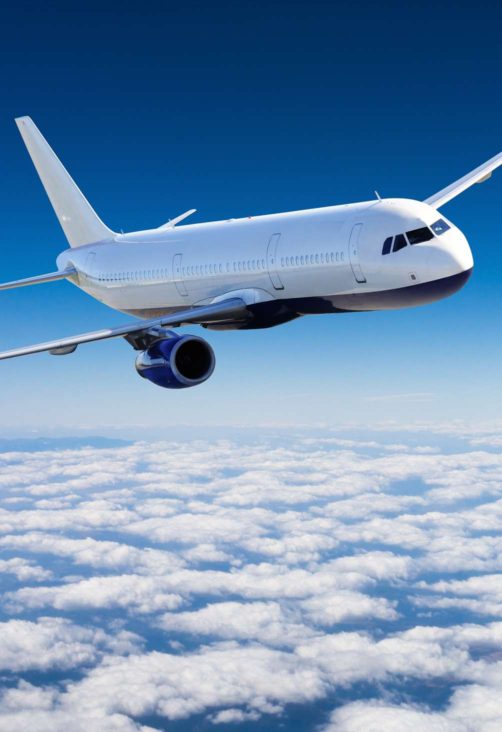
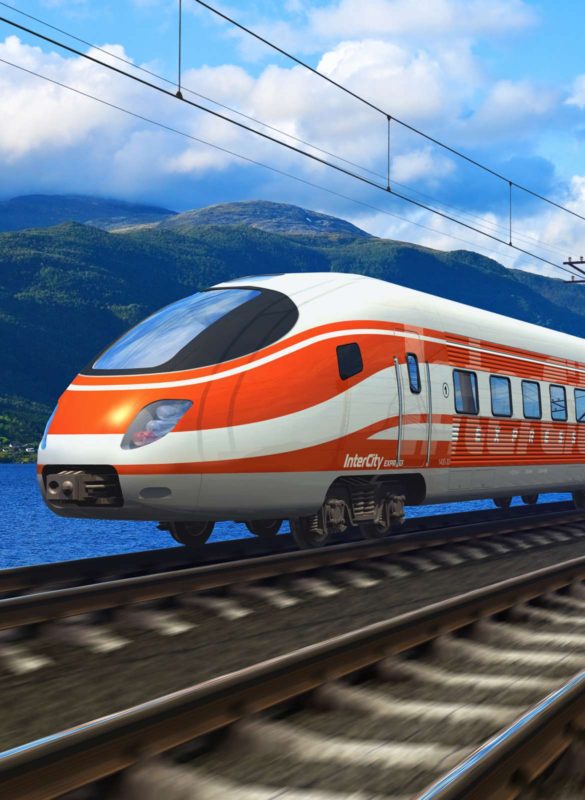
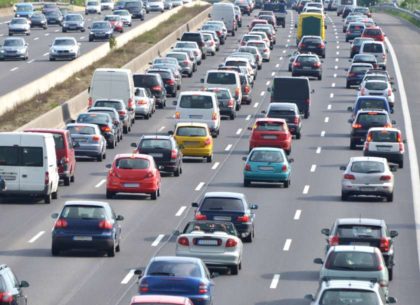
The impacts of global warming are far-reaching; and to their full extent, still uncertain. However, some dramatic consequences are already looming.
Rising sea levels and melting glaciers, and more frequent and severe extreme weather events, such as floods, tropical cyclones, massive droughts, already form part of our reality. Our diet is where we can have the biggest impact on the environment, and cutting out meat and dairy will do more for the planet than giving up your car.

For a long time I wasn’t aware of how much water is used in the production of animal products. The figures really are incredibly high – 3000 litres for a single beef burger! I could take really long showers every day for two months for that.
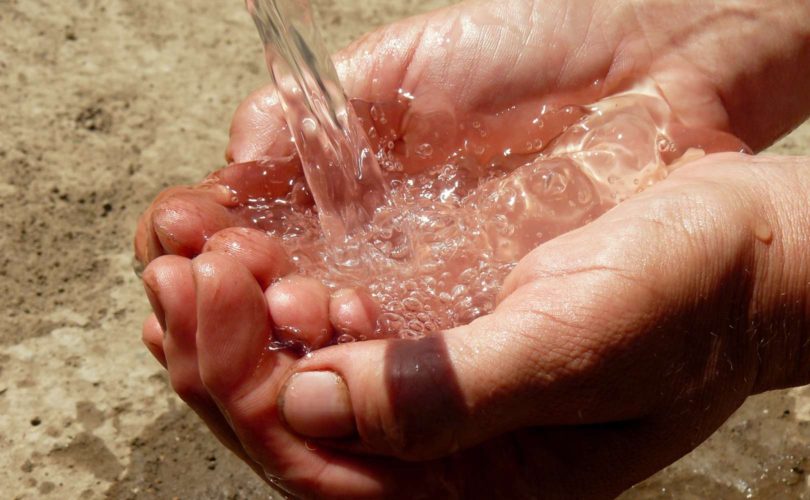
Water Use
Upto 70% of the available fresh surface and groundwater is currently being used by agriculture, 20% by industry and 10% by private consumption.
The production of meat and dairy uses enormous quantities of water. Vast quantities are used for irrigating feeds, drinking, in slaughterhouses and in processing. For example, the production of 1kg of Chicken requires almost 4300 litres of water. That is equal to 215 buckets of 20 litres each! Whereas, 1kg of potato requires just 287 litres of water.
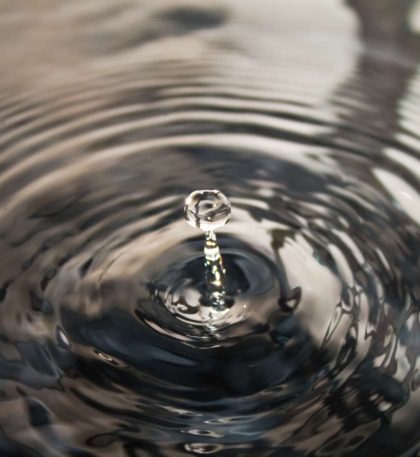
Water is a valuable and limited resource. In some regions of the world there are already water shortages. According to a study, conducted by a private consulting firm, India won’t have enough water for it’s people by 2025.
Various studies are concluding that a quarter of Indian population will not have enough water to drink. Just imagine one person after every three will not be able to quench their thirst.
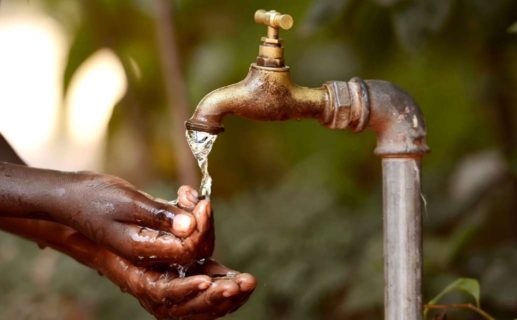
Water pollution
Animal agriculture contributes largely to water pollution. The frequent use of fertilizers, liquid manure, pesticides and antibiotics in factory farming along with that poisonous by-product, liquid manure are polluting groundwater and nearby water base.
On top of that huge quantities of manure and fertilizers are dumped upon cultivated fields. Through these fields, chemicals like nitrogen and phosphor from the manure seep into the water and disturb its sensitive biocenosis balance.
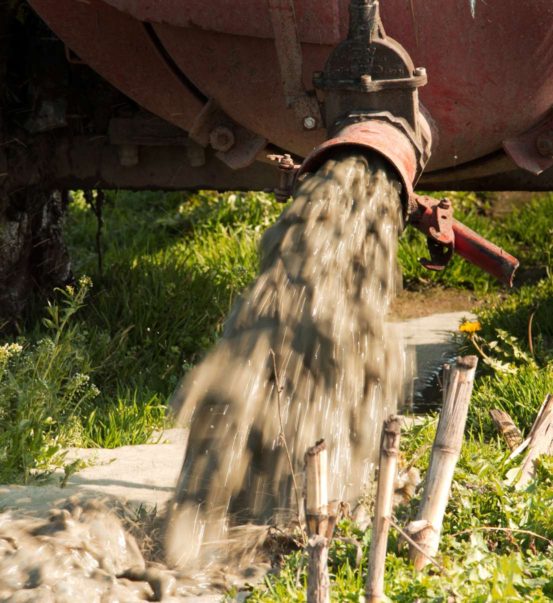
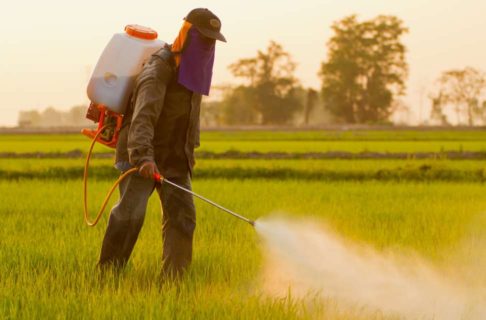
Besides dung and manure, pesticides used in farming also pollute our environment. Around 10,000 pesticides are used globally, some of which are harmful to our health, being suspected of causing cancer and infertility. Yet, these chemicals seep into groundwater and enter our drinking water.
Milk and meat production, particularly if based on intensive grain feeds and irrigated forages, requires 10-50 times more water than crop production. Production of meat resulted in 3.5 million tons of waste-water in 2007. The by-products of animal agriculture—animal wastes and run-off from pesticides and fertilizers used on feed crops— enter India’s rivers, streams, and groundwater. These organic and inorganic pollutants contribute to the contamination of an estimated 70 percent of India’s surface water and an increasing percentage of its groundwater.
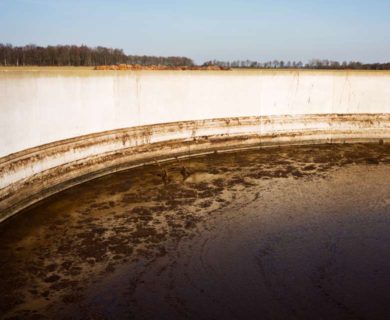
Land Use
The production of meat requires excessive land use, but is the least efficient use of that land.
At present, 26% of the planet’s ice-free land is used to graze farmed animals, and a third of all croplands are also used to grow feed for animals. With meat consumption so high in Western industrialised countries, their own land is not sufficient to meet the demands and so more feed is bought from other countries.
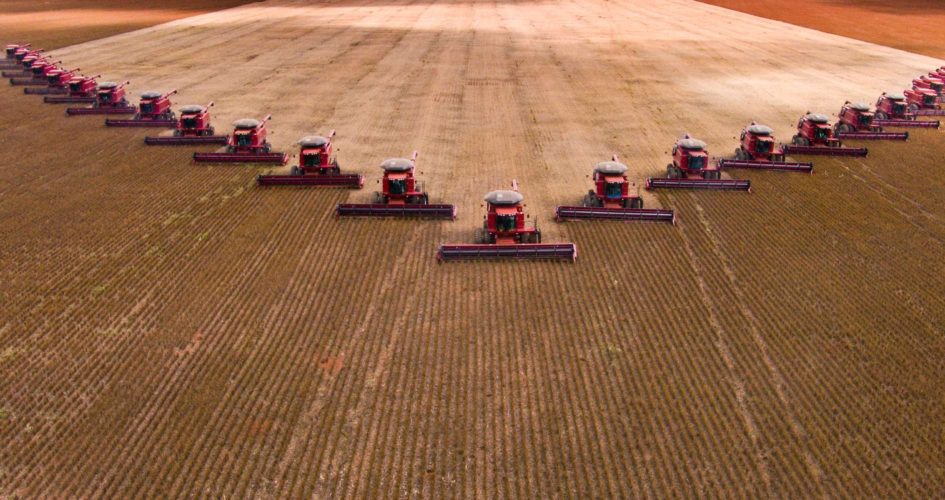
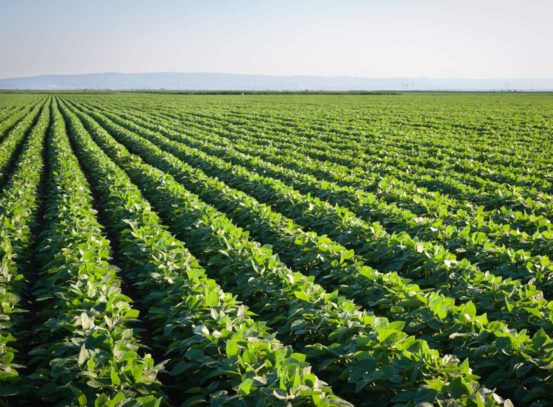
This is why countries in Asia, South America and Africa are growing feed for farmed animals instead of hungry people.
The consequence? Land that is essential for the cultivation of desperately needed food is instead acquired from local peoples and used to grow lucrative crops for animals in far-off countries.
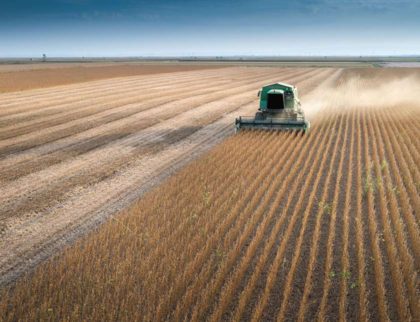
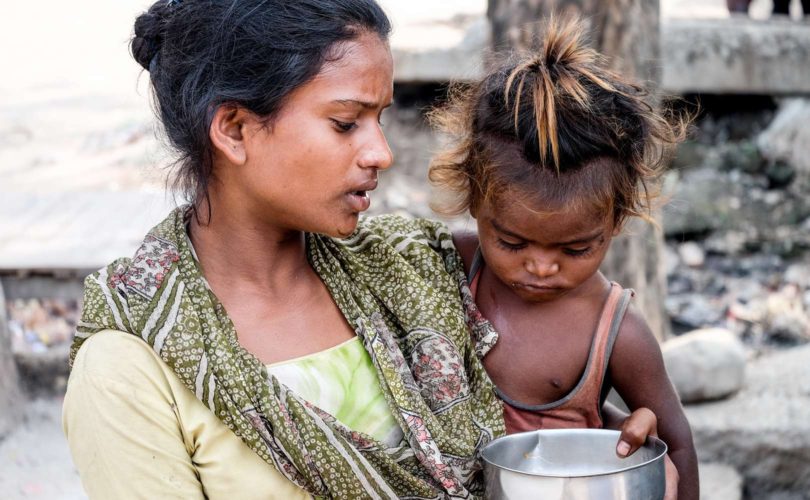
Hunger
The increasing demand for grains to feed livestock will create pressure to cultivate (or /and import) feed grains, which will ultimately compete with grain production for human consumption. Currently India produces only 11 million tonne of maize, of which five million tonne are used for the poultry.
/Meat consumption is an inefficient use of grain, the grain is used more efficiently when consumed by humans. For e.g. It takes up to 15 kgs of grain to produce just 1kg of edible animal flesh.
Deforestation
Deforestation to clear land for pastures, fodder extraction, expanding agricultural cultivation of crops in forests and on grazing lands and the widespread use of fertilisers to grow crops like maize and soyabean are all contributing to rising rates of soil erosion, salinization, alkalization, pollution and desertification in India.
The South American Amazon region is in a particularly precarious position. On average, an area of tropical rainforest the size of three football fields disappeared every minute between the years 2004 and 2013.
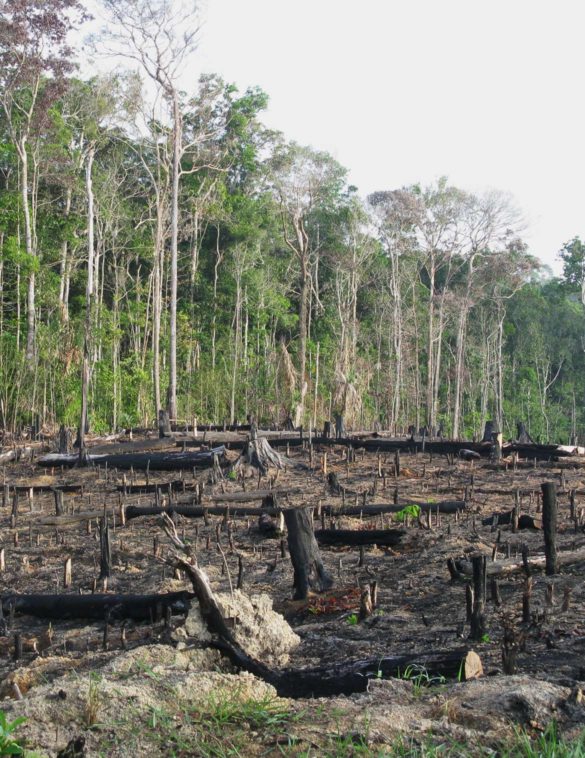
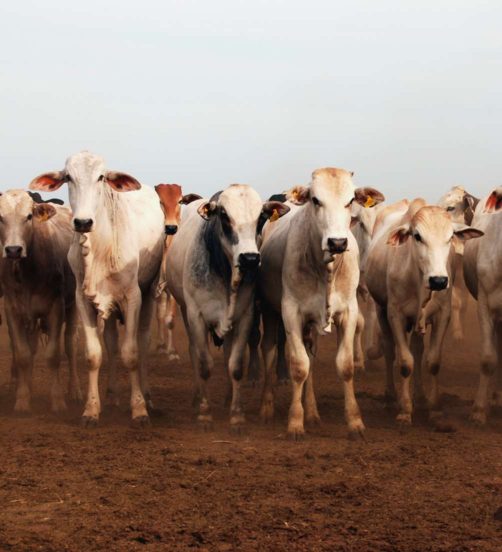
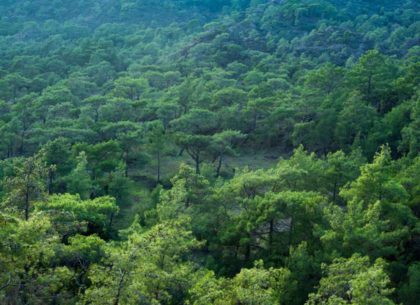
The rainforest is home to numerous animals, as well as being a pharmacy, water storage and climate regulator for the earth. Its destruction also destroys the lives and livelihoods of the indigenous human populations who live there. Moving away from these industries is integral to creating sustainable development.
Pledge to try veg

